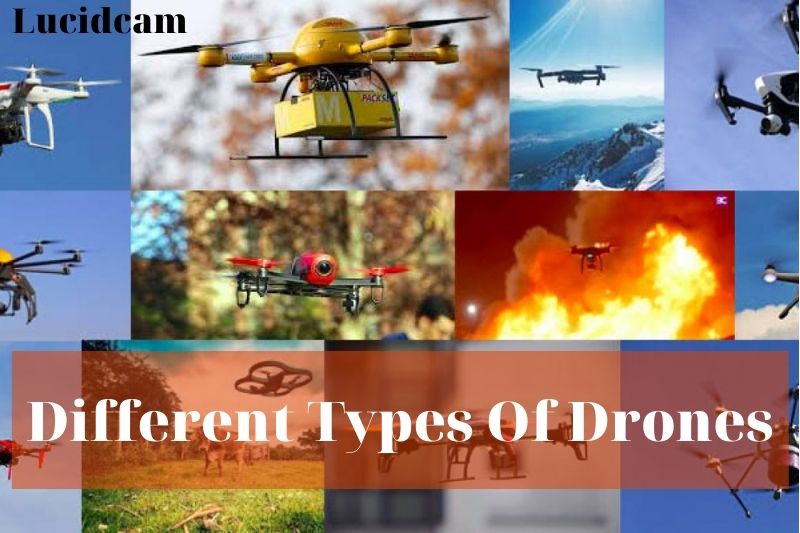The drone industry has really taken off over the past decade. There are many different types of drones, and they serve many purposes. Drones can be used for commercial use by photographers or videographers to capture footage from a unique vantage point.
They can also be used for military purposes in reconnaissance operations or combat missions. Finally, there is a wide variety of hobbyist drones available – some with built-in cameras while others fly only headless mode, which does not require any knowledge about how to pilot the drone as it will automatically adjust its course based on where you tell it to go.
Let’s now take a look at the vast array of drones available. This list includes both consumer drones and military drones that are used by the U.S. Military.
Table of Contents
- 1 What Is A Drone?
- 2 How Much Does A Drone Cost?
- 3 List of 15 Different Drone Types
- 3.1 1. Single-Rotor Drones
- 3.2 2. Multi-Rotor Drones
- 3.3 3. Fixed-Wing Drone
- 3.4 4. Fixed-Wing Hybrid Drones
- 3.5 5. Drones For Small Areas
- 3.6 6. Tactical Drones
- 3.7 7. Micro Drones
- 3.8 8. Reconnaissance Drones
- 3.9 9. Large Combat Drones
- 3.10 10. Non-Combat Large Drones
- 3.11 11. Target and Decoy
- 3.12 12. Photography Drones
- 3.13 13. GPS Drones
- 3.14 14. Racing Drones
- 4 To Start Flying
- 5 Time And Range Of Flight
- 6 Size And Weight
- 7 Remote control/controller
- 8 Speed
- 9 Battery
- 10 Portability
- 11 Number of rotors
- 12 Automated Flight Modes
- 13 Accessories For Drones
- 14 FAQs
- 15 Conclusion.
What Is A Drone?
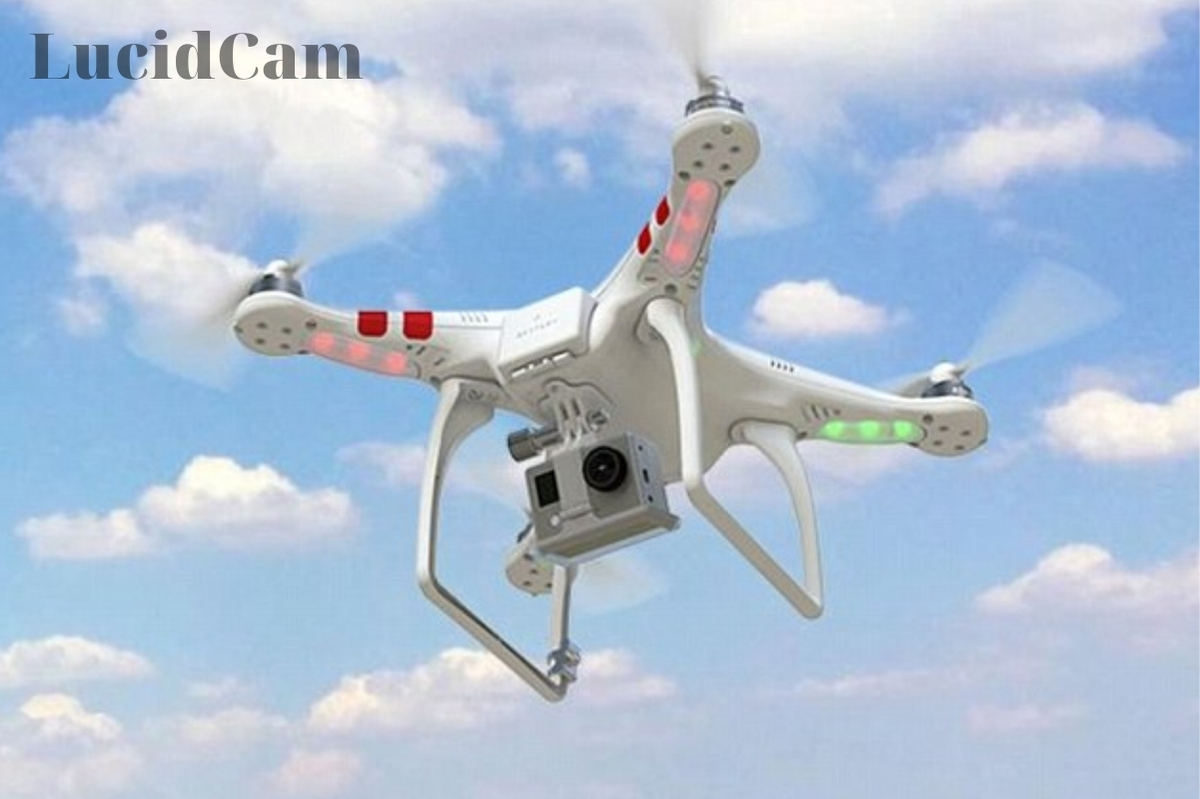
Unmanned aerial vehicle (UAV) is also known as drones. They come in many sizes and can be used for a variety of purposes. Drones are considered unmanned flying aircraft that can be controlled by a human pilot. This is not true as drone technology has advanced. This term can now be used to describe both autonomous and AI-powered underwater UAVs, as well as self-flying drones.
Drones are also being used in a variety of terms. They are also known by other names such as remotely piloted aircraft, remotely operated aircraft (ROA), remote-operated aircraft system (UAS), unmanned airplane (UA), and unmanned aviation (UA), which is used to describe an aircraft without a flight crew.
How Much Does A Drone Cost?
Due to the many drones and their various purposes, the price range for drones can be quite wide. Drone Prices can range from hundreds to thousands of dollars for high-tech military UAVs, surveillance cameras and camera drones, to as low as 50 dollars for micro selfie drones or toy drones.
List of 15 Different Drone Types
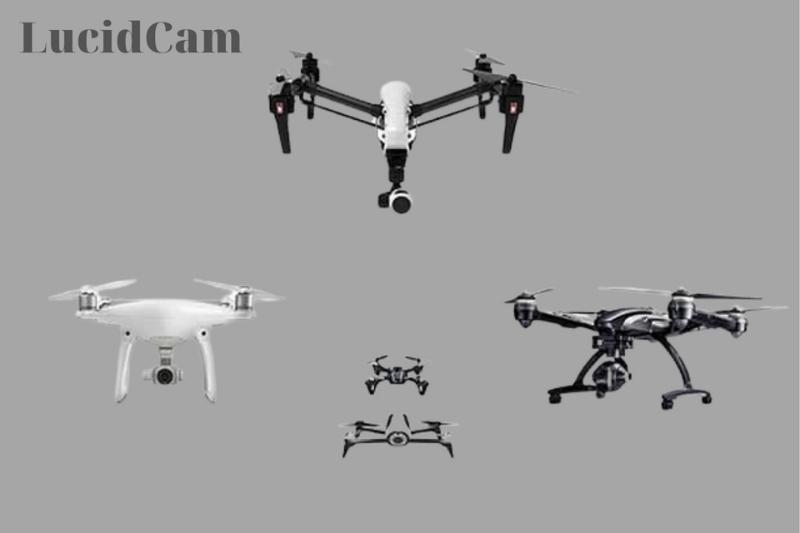
1. Single-Rotor Drones

These are the most basic drones. It has a single rotor, which is sometimes called the tail unit. This allows it to generate thrust much more efficiently than multi-rotor. They can therefore be used for longer flight times.
Single rotor drones tend to be larger and more complex than other types of drones, especially multi-rotor models. That ramps up their price points and makes them somewhat trickier to learn to operate. Those larger blades can also make them more dangerous, so it’s a good idea to get the proper training before laying down your money.
Drones can be unstable and can hover over large areas. They can also be harder to fly than drones with multiple rotors to balance them and keep them airborne. These drones can be purchased for anywhere from $25K up to $300K.
2. Multi-Rotor Drones
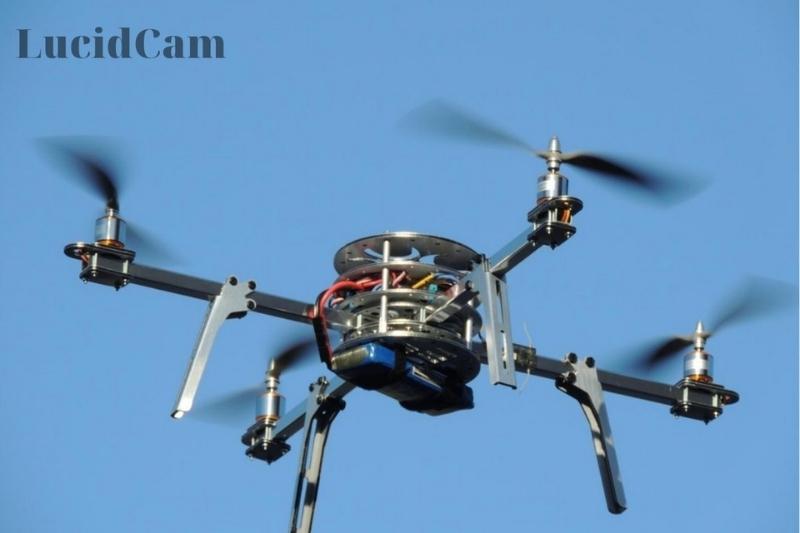
People often picture a drone when they think of a quadcopter. This is a multirotor drone that has four rotors.
When it comes to commercial drones, however, the general rule of thumb is that the more rotors you have, the shorter the craft can stay in the air. Multi-Rotor drone is stable, but they can only fly for about half an hour.
Multirotor can come in many different sizes and shapes and have different rotor counts. The drone will get larger and more expensive as the rotor count increases. A majority of multi-rotor drones cannot carry heavy payloads, as it would affect the balance maintained by the offsetting rotors. Prices vary widely from $5k for starter drones to $65k for the best options.
3. Fixed-Wing Drone

- These drones are more like controllable aircraft than they are to helicopters because they lack rotors. Their wings, rather than rotors and requiring energy to move forward, make them excellent long-range drones.
- Gas engines fixed-wing drones are possible for some models. Fixed-wing can fly for up to 16 hours without needing to be in flight, which is an advantage over multi-rotor units. They don’t have vertical lift take-off ability like quadcopters and single-rotor drones, and this unmanned aircraft system can’t hover.
- Fixed-wing drones are also more difficult to land because they lack a rotor. They must be very carefully brought in for an extremely soft “belly landing,” and in less-than-expert hands, this can go very wrong very quickly. Fixed-wing drones are generally between $25K-$120K.
4. Fixed-Wing Hybrid Drones
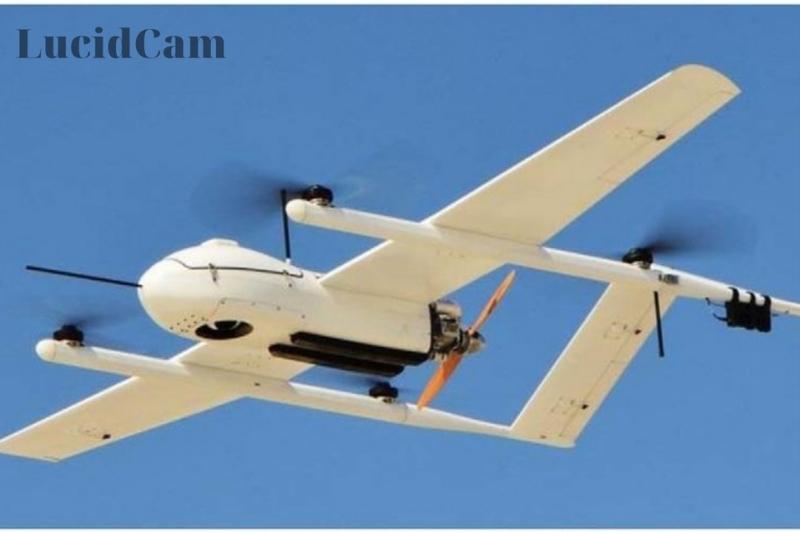
- Fixed-wing Drone combines the best of both fixed-wing and motor-based designs to create drones that have both. Fixed-wing hybrid VTOL drones will often have a few rotors attached at the ends of their fixed-wing UAVs.
- Some hybrid units are simply fixed-wing drones with vertical lift rotors.
- These drones actually draw inspiration from designs that have been used in aircraft design since the 1960s and 1950s. They were not easy to make, and the technology was too complicated, so they were abandoned before drones became popular.
- Fixed wings are still experimental and are not yet commercially available. They may be the next big thing. However, there are many companies working on them.
5. Drones For Small Areas
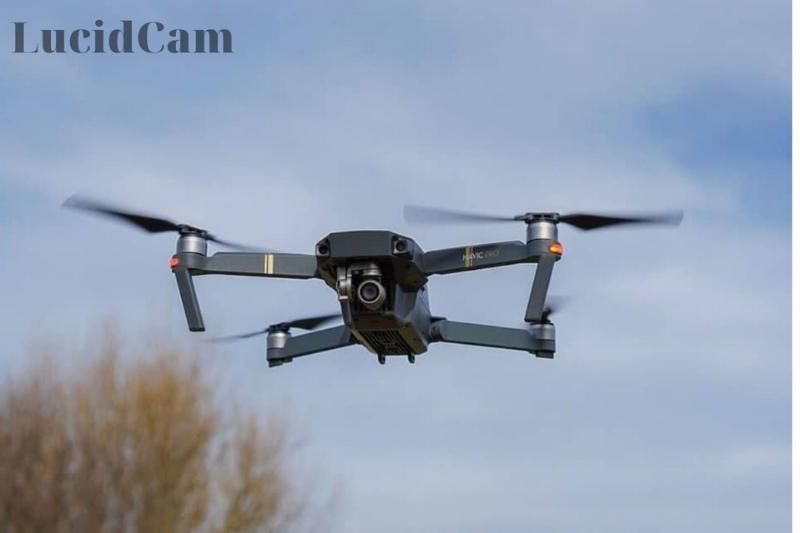
- These drones are typically less expensive than the other four listed, which can easily run into the tens of thousands or hundreds of thousands of dollars. In this instance, “small” typically refers to between 20 and 80 inches in length.
- These drones can only be used for recreational purposes and are not capable of performing many commercial functions. Cameras mounted onboard stable multi-rotors can take stunning aerial photos and video, provided they are properly mounted.
- Compared to small drones, they are often too lightweight and lack the stability required for precise picture taking. These options are a great way to introduce children and hobbyists to drones.
6. Tactical Drones
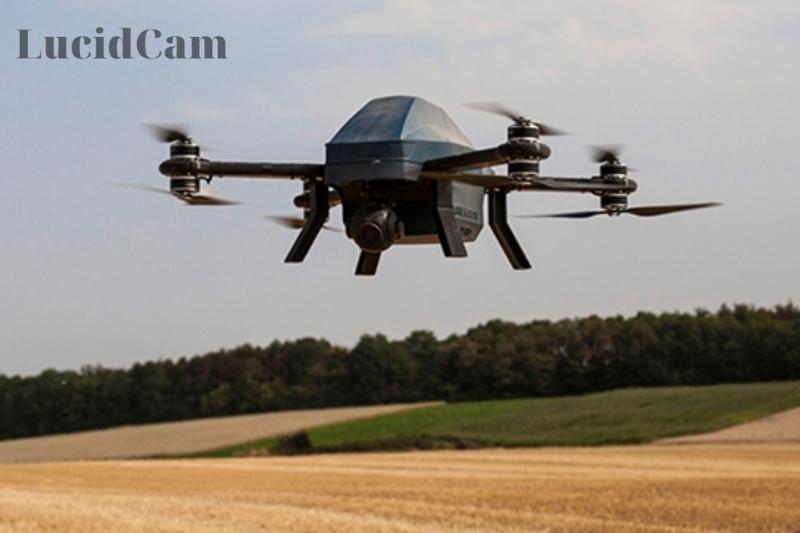
- These drones are large enough that they can be carried around without being too bulky. However, they are still smaller than those used for larger missions and general combat. The US military’s preferred tactical drone is the Raven. It measures 4.5 feet and weighs in at 4.2 lbs.
- These drones are frequently used for surveillance. The Ravens can be equipped with infrared cameras that provide accurate images of the area, just like the Black Hornets.
- These units are equipped with GPS technology. They are simple and don’t have many bells and whistles. However, they can be used by soldiers without any special training.
7. Micro Drones
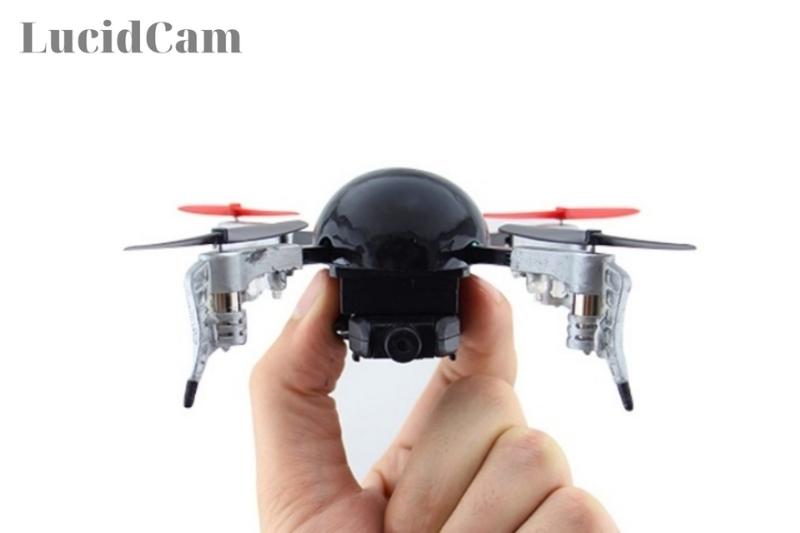
- For militaries that use drones, small drones can be used for recreation. This drone is most commonly used by the British military, and it’s the Black Hornet.
- These tiny drones measuring 1″ x 4 inches have been used by the British military in Afghanistan to inspect walls and other structures since their introduction in 2013. Although small drones are too small for most people, they can still provide valuable intelligence thanks to micro cameras.
- Black Hornets can be kept in a special belt when they aren’t in use. Black Hornets can fly up to 25 minutes with a single charge and have a range of up to one mile. Some Black Hornets are equipped with infrared cameras.
8. Reconnaissance Drones
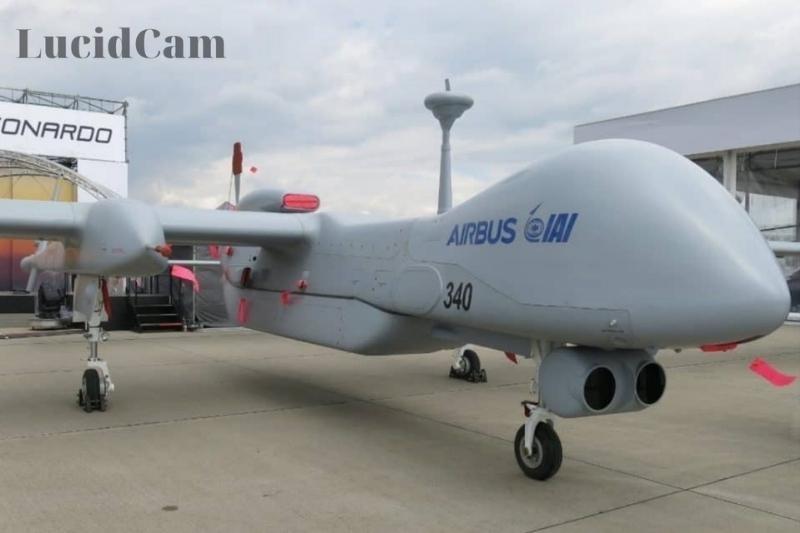
We have another military drone class. This allows us to move up in size to drones that cannot be carried. These drones, which measure approximately 16 feet in length, can be launched from the ground and are known as Medium Altitude Long Endurance drones (MALE) and High Altitude Long Endurance drones (HALE).
These drones are used by military forces all over the globe. Israeli Aerospace Industries has produced drones similar to the Heron for military recon purposes in the USA, Canada, Turkey, and India.
These drones can be over 2200 pounds and can hover for 52 hours at 35,000 feet. German forces use a different type of drone called the LUNA. It is cheaper than the Heron but lasts for a shorter time.
9. Large Combat Drones
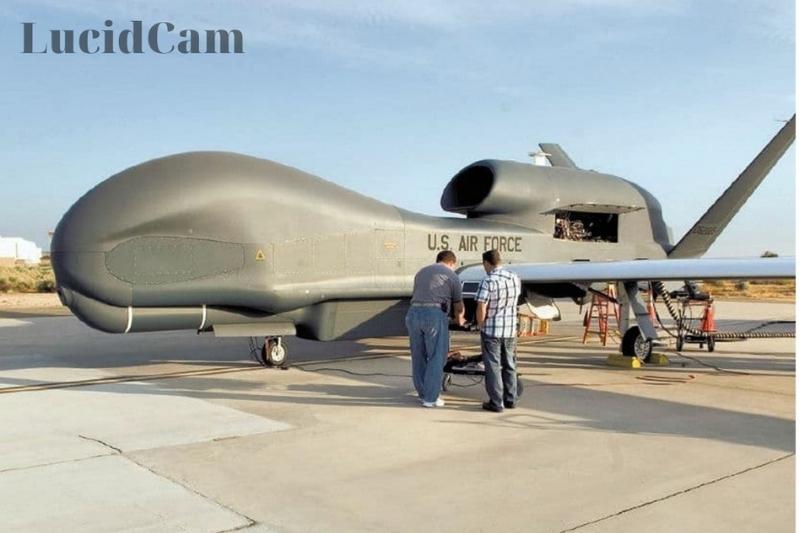
- These are likely the types of drones you envision when you think about “drones” as a military term. The US uses a variety of drones, such as the Predator or Reaper. They are approximately 36 feet long and can fire on targets using air-to-surface missiles or laser-guided bombs.
- These drones can be used for up to 14 hours and have a range of over 1,000 miles. These drones were used in operations such as strikes against Pakistan and other countries with whom the US is not at war.
- Although the United States is perhaps the most well-known (or least infamous) user of drones, they are not the only ones. The UK, France, Spain, and France are all NATO members. China, however, has its own version of the CH-4, which was purchased by Egypt and Iraq.
10. Non-Combat Large Drones
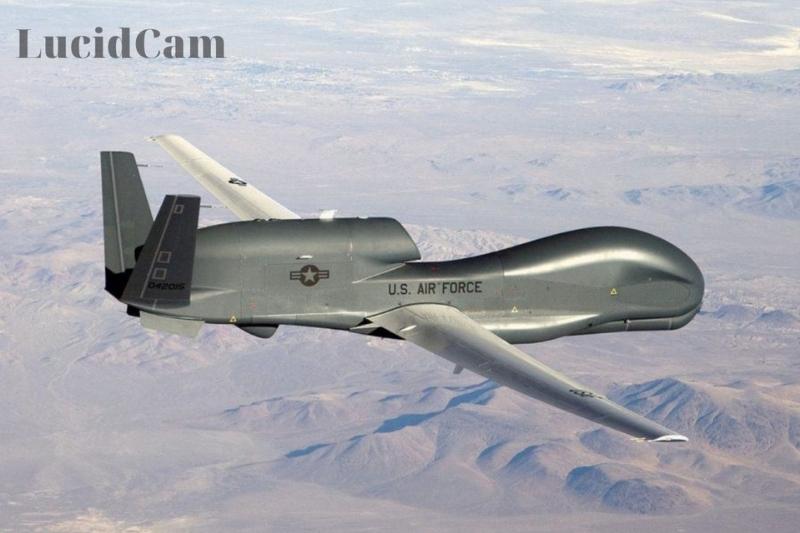
- There are also large drones that aren’t meant for combat. These drones can be used for reconnaissance and other tasks, as well as larger-scale recon missions that are more complex than their smaller Black Hornet or Raven counterparts.
- The Northrop Grumman’s Global Hawk is, however, not intended for combat. It is used instead for surveillance, such as scanning mobile phone calls.
- These drones aren’t used in combat, but that doesn’t mean they are cheap. For example, the Global Hawk can be as high as $131 million, and this does not include ground infrastructure.
11. Target and Decoy

- It is important to remember that military drones can be used for multiple purposes depending on the situation. These drones are used as decoys and can be used to monitor or strike targets.
- The exact look of these decoy missions will vary depending on the mission. These types of military drones should be ready to serve as decoys in a variety of ways.
- Some target and decoy drones, for example, can simulate an incoming missile to help them accomplish their mission. This can attract ground anti-aircraft fire, disorienting them from actual combat drones and incoming missiles.
12. Photography Drones
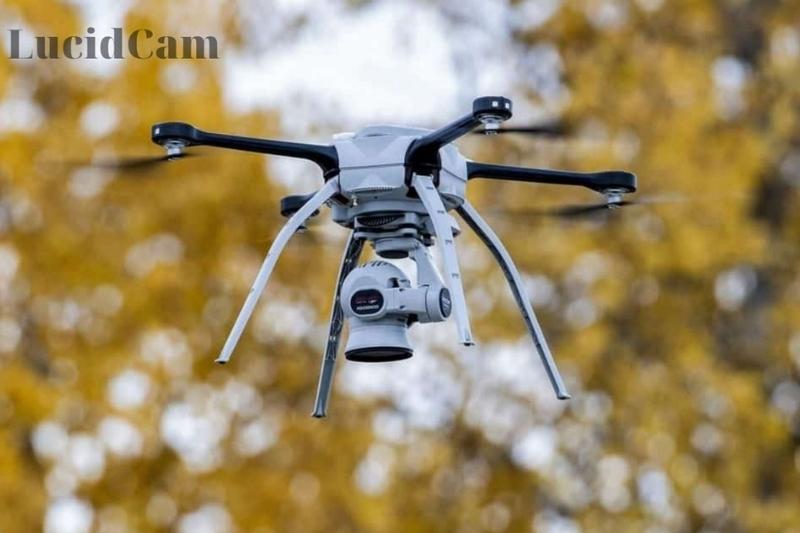
We have already discussed drones’ ability to take photos. A few drones can only take limited photos, and there are several drones capable of taking photos for military purposes. However, professional photographers will need a commercial drone that is specifically designed to take professional photos.
Multi-rotor will provide stability required to take good pictures or videos, as we have already mentioned.
Professional-grade photos can only be taken with professional-grade cameras. You can take high-resolution photos with 4K camera drones. For large spaces, some drones can also use precision stability and automated flight modes to take pictures.
13. GPS Drones
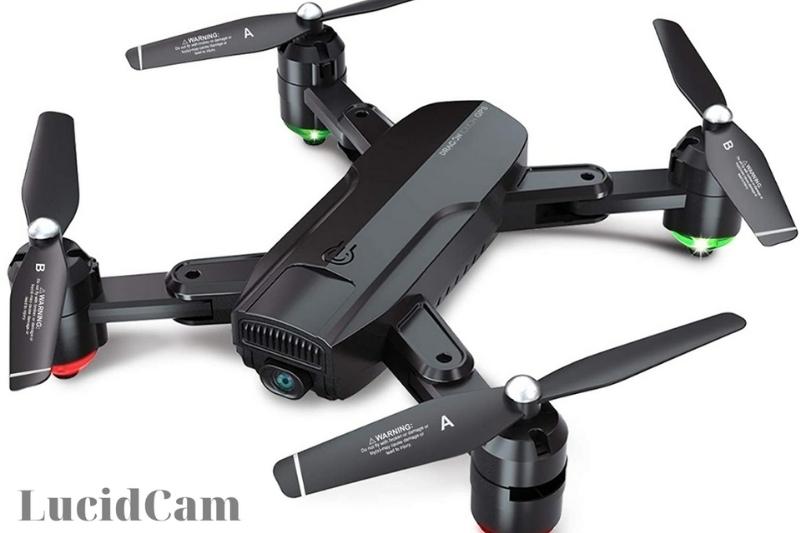
After we have looked at both the main types of drones available for military and commercial use, let us now look at some specialty drones. These include drones specifically made for GPS purposes.
These drones connect to satellites using a GPS hookup. This allows them to map out their flight and create data you can use to your advantage.
This can be used to map large areas.
This requires a lot of battery power. The best GPS drones have the ability to return to their base automatically when they run out of power or exceed their operational range.
14. Racing Drones
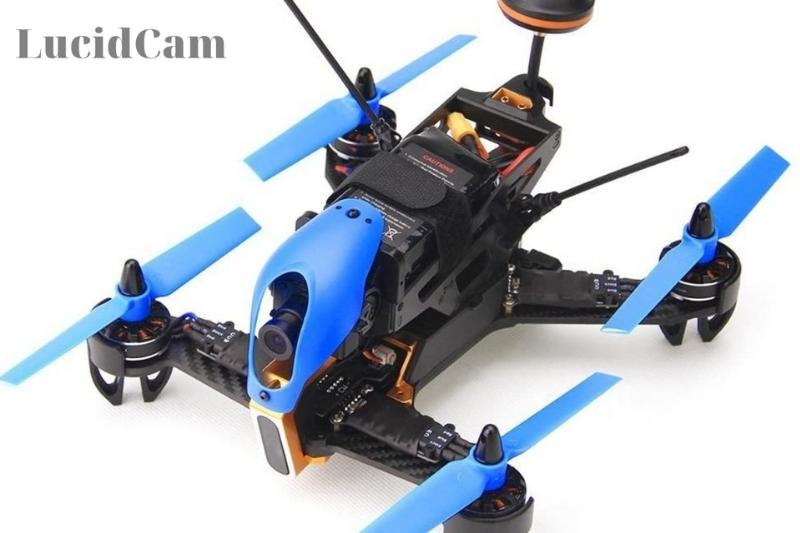
People will race a machine if it has an engine. This is certainly true for these popular, hobbyist-friendly drones. Drones that are racing can travel speeds up to 60 mph. However, because all their power is focused on one purpose, they don’t often enjoy the same amount of flight time as their counterparts.
Walkera is a company that can help you build your racing drone or purchase one. Their units are fast and affordable at less than $300.
One type of recreational drones is the FPV racing drone. These are drones made just for FPV racing, which is a fairly new sport that involves high-speed flying and complicated, real-life 3D race tracks.
Up until recently, FPV racing was primarily built from parts or from kits, but recently a few companies have come out with RTF drones (Ready to Fly), FPV racing drones.
To Start Flying
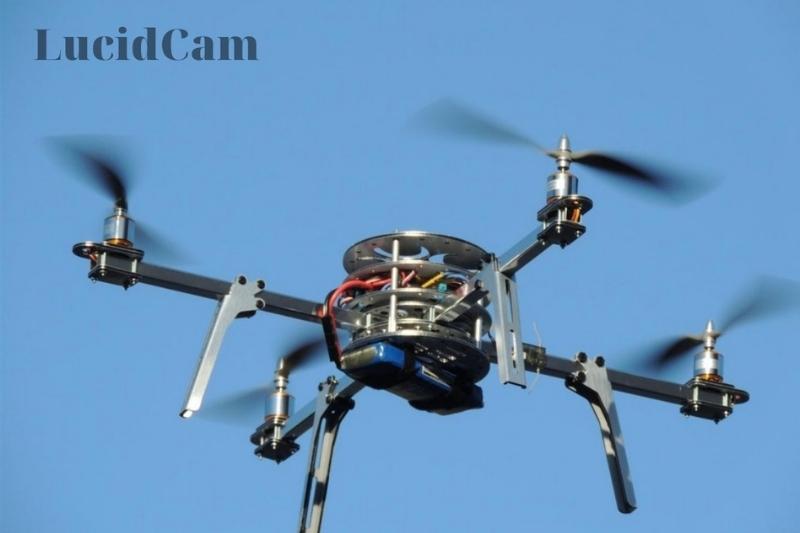
To fly most commercial drones, you will need a Remote Pilot Certificate. The FAA (Federal Aviation Administration) issues this certificate. The online course costs only a few hundred dollars and covers everything you need to know about safe flying. The course will teach you the basics of flying, as well as how to read weather reports and where restricted flying zones are. You could be punished if you fly without the certification.
Learning to fly a professional drone or other advanced drones can be very profitable and also spiritually rewarding, whether you’re learning to fly a drone as just a hobby or if it’s for more serious reasons. Multi-rotor is the most popular type of professional drone. They can be used for many purposes. These drones can be used for aerial photography, surveying, agriculture inspections, real-estate, and any other purpose that requires a 300-foot camera.
Professional drones are available in single-rotor, fixed-wing, and hybrid versions. These can be used for job-specific purposes or as hobbyists. While fixed-wing drones are the most useful, they can be the longest in the air.
A drone that is more complicated than it appears will be harder to fly. You should do your research before you buy these professional drones.
Time And Range Of Flight
Although drones are usually restricted in their ability to fly for short periods, some tethered drones can fly longer distances. Toy and racing drones offer only 5-10 minutes of flight time, while commercial drones and cameras can fly for up to 45 minutes. The drone’s maximum flight time determines the distance and range it can fly.
Weather, battery life, and transmission/signal power between receiver and controller are all factors that could affect range. The range of the cheaper recreational and racing drones is 100-200m. However, the longer-ranged and more expensive aerials (2 km) and long-distance (10 km) have considerable ranges.
- Close-range: Most close-range drones have a range of approximately 3 miles. They can fly for 20-30 minutes on average. This category includes consumer drones.
- Short-range: The majority of short-range drones can be controlled from up to 30 miles away and can stay in air for up to an hour.
- Mid-range: Most mid-range drones can be controlled from up to 90 miles away, and can remain in the air for up to 12 hours.
Size And Weight
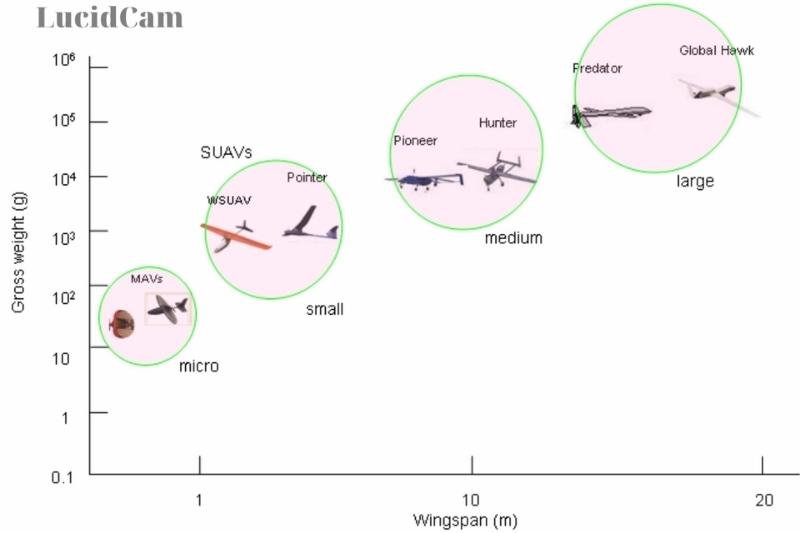
Racing, micro/mini drones, or toy drones are generally less than 30cm in length and weigh less than 500g. Drones’ size and weight are rising with the development of autonomous, commercial, delivery, and commercial drone.
Some drones are now considered enormous. China tested the Feihong-98, an unmanned transport drone in 2018, which can carry a payload up to 1.5 tons and a take-off mass of 5.25 tons.
Remote control/controller
Drones are controlled via a remote controller or radio control transmitter by a pilot. These controllers are similar to those used for operating RC toys. These controllers enable the drone pilot remote control of the UAV and come in a variety of sizes and shapes. They can also be equipped with LCD screens or without so that smartphones and tablets are possible to mount them.
The controller should have at least four channels. Most drone controllers work on a frequency of 2.4 GHz. A controller operating at lower frequencies will allow for a greater range. Wi-Fi is also an option for RC transmitters.
The drone pilot must also ensure that the controls are ergonomic and comfortable.
Speed
The drone’s maximum speed is dependent on many factors, including its weight, dimensions, motor power, and weather conditions.
Drones that are large enough for professional use and cameras can reach speeds up to 30-50 mph. These drones are also able to fly in adverse weather conditions, and they have a longer flying time and range.
The fastest commercial drone is lightweight and professional racing drones. RTF (Ready to Fly) racing drones can reach speeds of over 100 mph. However, most drones are limited to speeds around 75 mph.
DRL RacerX is the fastest drone recorded, setting the Guinness World Record at 163.5 miles an hour for the fastest ground speed.
Battery
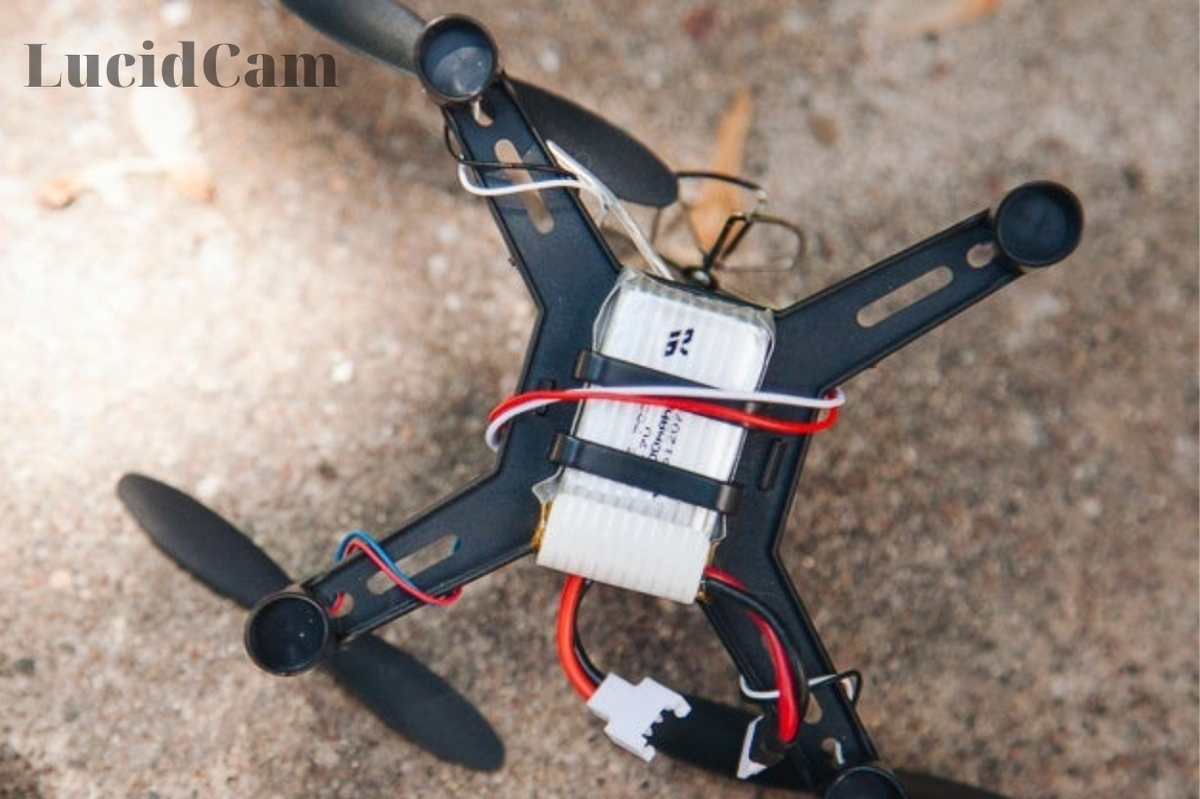
Drones need a reliable battery. The battery’s capacity and the time required to fully charge must be considered by users.
The battery’s capacity, measured in mAh or milliampere-hour, determines how long it lasts.
- The drone’s speed and weight are important.
- Continued use of the camera
- Weather conditions (e.g. With or without wind)
Although the time taken to recharge a battery may vary, it can easily take more than 2 hours.
Portability
Most drones can be transported, depending on their size and type. Drones that are used for hobby, racing, or toy purposes tend to be lightweight and compact. They can also be made modularly, making them easy to disassemble.
Additional carry cases are available for more expensive cameras drones. Some drones can fold, so the arms can be retracted.
High-end drones for professionals are made easy to transport and deploy quickly, in case they are needed for surveillance or emergency situations.
Number of rotors
Multiple rotors are a feature of drones, although some drones with high-end features have fixed wings.
- Tricopter with 3 rotors
- Quadcopter with 4 rotors (most commonly)
- Hexacopter with 6 rotors
- 8 rotors, and the octocopter
However, there are exceptions, such as the UVify Draco 4×4 with 16 rotors.
Multiple thrusters are used to control underwater drones in strong currents.
Automated Flight Modes
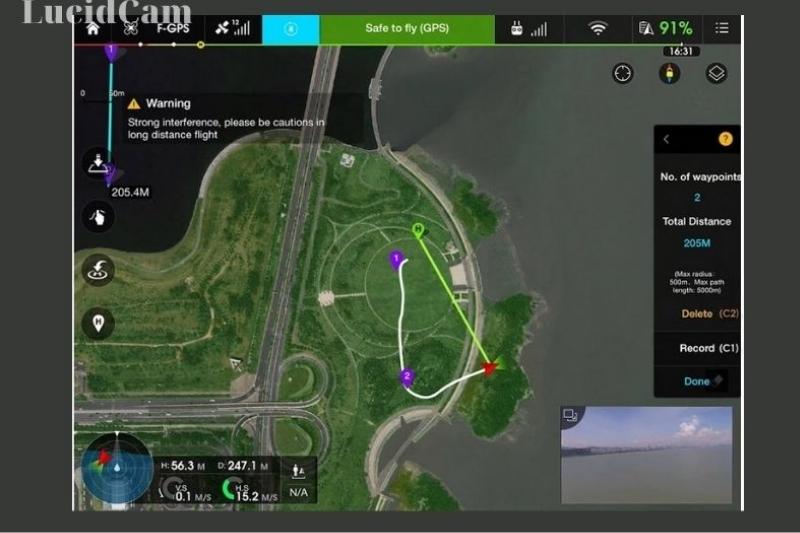
Drone manufacturers are increasing the number of features that drones have to be easier to pilot. These are the most popular automated flight modes in drones.
Waypoint: This function allows you to quickly plot a route for your drone to follow.
Orbit/POI: The UAV circled around a subject specified by the user using orbit mode. For example, the subject could be a person or a monument, tower, car, etc.
Return to home: This is usually a one-touch function that returns the drone to its pilot or to a predetermined GPS location, when the battery runs low, some drones “return home” automatically.
Altitude hold: This flying feature allows the drone to sit at a predetermined altitude and keep its position.
Follow-me: This feature allows users to tell the drone to follow them wherever they go without the need to pilot it manually. The drone follows the controller, which is different from tracking with facial recognition.
Accessories For Drones
You can find many drone accessories from both specific drone manufacturers and generic drone suppliers. These accessories include upgrades to most drone components, such as propellers and propeller guards.
FAQs
How can you fly a drone safely?
There are many types of drones available, and there are different ways to control them: controller, smartphone, FPV goggles, etc. There are also in-flight modes that can make flying a drone more accessible for beginners. UAVcoach provides an in-depth breakdown of the steps required to fly a drone. A beginner drone pilot should have an intuitive controller transmitter that teaches them how to safely operate the drone.
Are drones legal?
This depends on the location of the drone pilot, as each country has its own laws regarding drone operation and flight. Drones are still an emerging technology, so laws are always changing.
Before flying a drone, it is important to verify the local laws. These restrictions generally include:
- No-go zones (such as airports and government buildings, historic sites, etc.)
- altitude limitations,
- Maximum drone flying speed
- Restricting intrusiveness when flying near or over other people.
What is the purpose of drones?
There are many types and models of drones. Drones are versatile and can be used for many tasks. They are also being increasingly used in other industries. Here are some of the uses:
- Construction and real estate
- Recreational use
- Filmmaking, photography, and content production (e.g. Motion picture films
- Drone racing
- Remote sensing and monitoring (geological, agricultural, or mining)
- Search and rescue and disaster assistance
- Underwater exploration
- Delivery and many other things
You can read to learn more information when buying a drone: How To Choose A Drone 2023: Top Full Guide For You.
Where can you purchase drones?
Drones are increasingly easy to buy, being available in electronics stores, toy shops, brick, and mortar specialists, and of course online resellers. These include popular e-commerce sellers such as Amazon, AliExpress, and Banggood.
Conclusion.
LucidCam hope you find this article on drones helpful. From the definition of drones to a list of 14 different types, we covered what you need to know about these aerial vehicles and more. Read on for specific specifications like time and range of flight, size and weight, remote control/controller type, and more! It maybe can use for you when buying a new drone.
Related:
- Breeze 4k Drone Review: Best Choice 2023 For You
- DJI Mavic 2 Pro Review: Best Small Drone
- DJI Osmo Mobile 2 review: Best Choice For You 2023
- Holy Stone Drone Review: Best Choice 2023 For You
